
All categories
Featured selections
Trade Assurance
Buyer Central
Help Center
Get the app
Become a supplier

(593 products available)

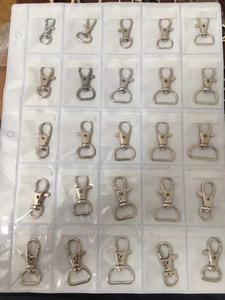
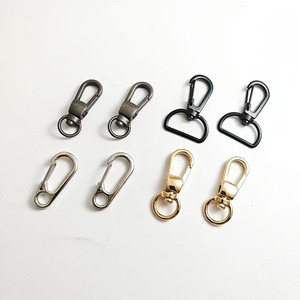

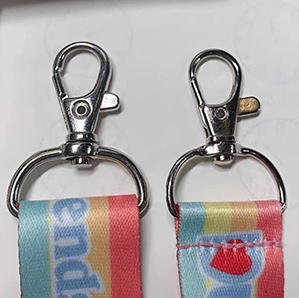
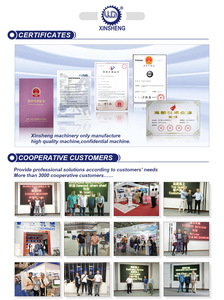




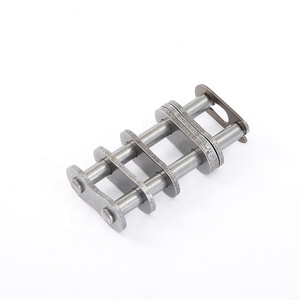

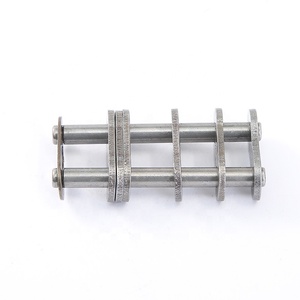




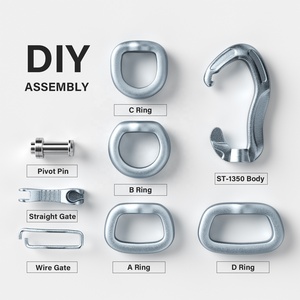
















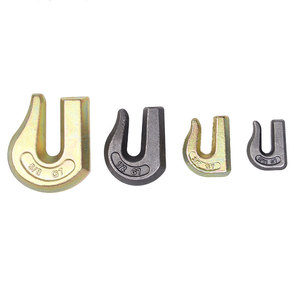











There are so many types of chain hooks, which are weld on. The following are some of them:
This hook type is designed for general-purpose applications. Such a hook is ideal for lifting or securing loads in a chain. The hook has a pointed end that facilitates easy insertion into a chain. In addition, they have a strong and durable construction, thus offering great lifting power.
This type of hook is also called the long shank chain hooks. They have a longer opening than the standard variation. This is good for specific applications where more space is required between the load and the pulling point. They offer flexibility in operations when used in cranes.
These chain hooks are designed to work with a chain of the same size. They have an integral safety latch to ensure that the chain link remains in the correct position. This prevents slippage and enhances security when handling irregularly shaped loads.
Just as their name suggests, these chain hooks are flat. They are primarily used in securing cargo with tiedown chains. They provide a stable and easy-to-weld surface, thus making an attachment to the anchor point very simple.
The shape of this hook is similar to the Greek alphabet letter omega. It features a rounded, deep, and wide profile, which is more forgiving when it comes to chain movement. It minimizes wear and tension concentration, which makes it ideal for sensitive lifting applications.
The marine industry and offshore industry rely on rigid and safe lifting equipment. Chain hooks are widely used in this industry when they want to handle cargo, retrieve the installation of heavy equipment, or during underwater operations.
Chain hooks are also used in the mining industry to lift heavy materials. They are used in this process because of their strength and ability to withstand very harsh conditions. Whether hoisting ore trucks, equipment, or performing maintenance, the hooks provide a reliable connection.
Construction is known for using a lot of heavy machinery, where a lot of lifting is done using cranes. Chain hooks are applied to transport building materials such as steel beams, concrete blocks, and even construction equipment. They ensure that the materials will be moved safely and more efficiently.
Weld on hooks are commonly used on chain slings and are applied widely in agriculture. They are employed to pull and lift heavy objects. They help in lifting or pulling heavy farm equipment, animals, or hay, which helps them become multipurpose tools in farm operations.
Weld-on chain hooks find their primary use as cargo tie-down hooks in the transportation industry. Just as safety is important in load management, hooks work hard to ensure that the cargo has been secured during transit. They are fitted on trailers, trucks, and ships.
Weld-on chain hooks are made to withstand a lot of stress by lifting or pulling heavy loads. They do this by using high-grade steel alloys to give them strength and resist deformation under heavy loads.
The designs of the hooks take into consideration reducing stress concentration, which can cause a failure or crack over time. For this reason, all weld-on hooks are rigorously tested to ensure optimal performance according to industry standards.
The material used in the construction of these chain hooks is critical in determining their performance. Generally, stainless steel is corrosion-resistant and is used in a marine application.
Where strength is important, other chain hooks are made of carbon steel. This steel offers great tensile strength and is weldable. Alloy steel has additives like manganese and nickel. These enhance toughness and strength.
Just as mentioned previously, when harsh chemicals are in the environment, such hooks are manufactured using weathering steel. This has chemical properties that help prevent corrosion.
The following are some of the key factors business owners can put into consideration when selecting weld on chain hooks:
This is probably the most crucial aspect of these hooks. It is important to consider the grade of the chain that will be used in the particular application. Generally, higher-grade chains have to be combined with stronger hooks. In short, ensure that the hook has sufficient load capacity to handle the desired weight.
Weld-on hooks are commonly manufactured using alloy steel, stainless steel, or carbon steel. These materials all have their pros and cons. For instance, stainless steel is widely used because of its resistance to corrosion, especially in marine environments.
On the other hand, carbon steel is generally used due to its outstanding strength. It is also weldable. Alloy steel comes with enhanced toughness. It will definitely serve well in a rough environment. It is vital to consider the operating environment and material that best suits it.
Some designs will provide more secure and efficient load handling than others. For instance, omega or round hooks are better at reducing wear on the chain. Standard and gape hooks are designed to grab the chain link and provide a secure connection.
Business owners should pay attention to the shape and latching mechanism of the hooks. This will help ensure they have good load security.
Since these hooks are used for legal lifting, it is important that they meet local regulations and industry standards. For example, in some countries, they must be marked with a working load limit (WLL) or made from certain materials.
Most of these hooks need to be welded onto a point in order to achieve a secure connection. It is vital to consider the ease of installation in an operational environment.
Will the welding process be easy, and will the personnel have an easy time carrying out the operation? It is important to consider these factors to avoid incurring extra costs on labor and time.
There are no provisions that allow hooks to be used in lifting people. Besides, there are safety regulations. They do not allow personnel being lifted in a worksite environment because of the risks involved in hook failure. Hooks are made for lifting loads, not people.
The initial step is to use quality materials that resist corrosion. They include stainless and weathering steel. Another method is to apply protective coatings to reduce corrosion occurrence. These include galvanization or powder coating. Regular inspections and maintenance should also be done, ideally before and after usage.
They should be done regularly. Frequent checks should also be done to look for any signs of wear, deformation, or cracking. If any of these are present, they should be replaced immediately. Users must also ensure the hooks are kept clean from debris, corrosive substances, or moisture. This will minimize the wear and tear of the hooks.
The first thing is to ensure that the hook meets national or international operating loads and quality standards. One of the things that can help people as they buy these items is the fact that they can procure them from reputable manufacturers and suppliers online. Also, look for positive experiences from other users. It is also important to consider those manufacturers that offer a warranty.
Generally, the welding process will need to ensure that a strong joint is created between the hook and the base metal. It also has to avoid forming any weak spots that may lead to failure.
Ensure the heat is controlled, use a filler metal that is compatible, and have the weld penetrated deeply enough to ensure a proper bond is created.
They must be manufactured from quality materials with high resistance to wear and corrosion. They must be installed correctly, and proper welding techniques must be applied. In addition, routine inspections and maintenance should be done.